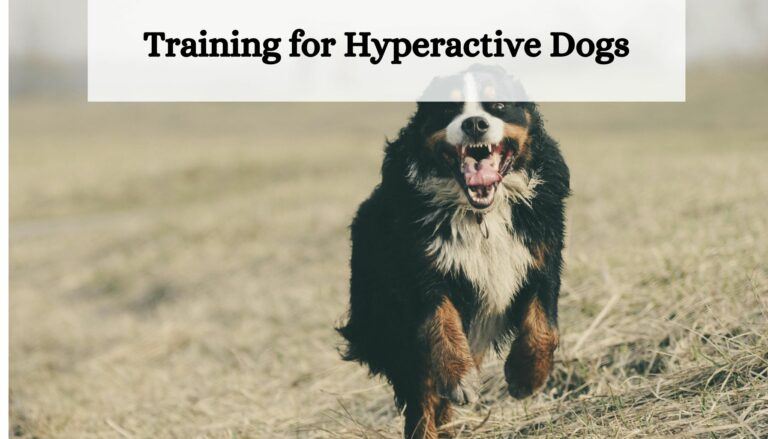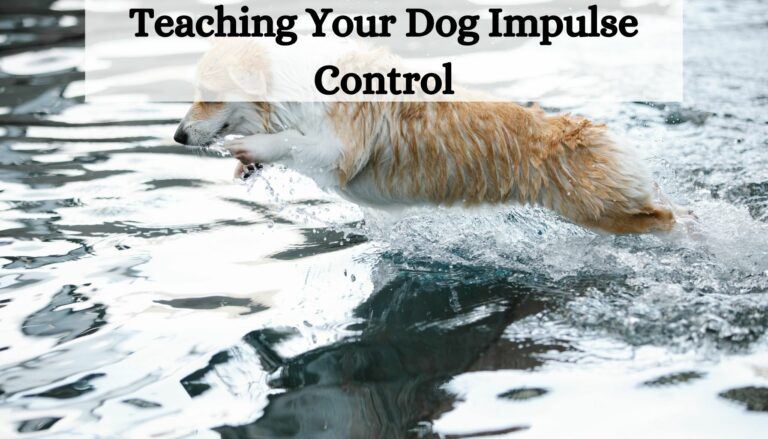Ever wondered what your dog is trying to say through their actions? Dogs communicate a lot through their behaviors, and understanding them can help you build a stronger bond with your furry friend. Here are 25 common dog behaviors explained for you!

1. Tilting Head to One Side
Dogs tilt their heads to better hear and interpret what you’re saying. It could be their way of focusing on a specific sound or trying to make sense of a new word or tone of voice. It’s their curious way of saying, “I’m listening.”
2. Yawning
While we often associate yawning with being tired, dogs yawn when they’re feeling stressed or anxious. It’s a calming signal, a way for them to deal with situations that might make them uncomfortable, like meeting new people or encountering unfamiliar environments.
3. Shaking Head
A quick shake is normal for dogs, especially after a bath or play session. It helps remove water, dirt, or debris from their ears. However, frequent head shaking could indicate an ear infection, and it’s best to consult a vet if it becomes excessive.
4. Licking Lips
Dogs lick their lips as a way of self-soothing when they’re feeling anxious. You might notice this when they meet strangers or in other situations that make them nervous. It’s their silent way of communicating discomfort.
5. Panting
Panting is how dogs regulate their body temperature, especially after physical activity or during hot weather. But if you notice your dog panting heavily even when it’s cool, it could be a sign of stress, pain, or illness, and it’s worth paying attention.

6. Showing Teeth and Biting
Dogs starts showing their teeth as a warning, signaling that they’re uncomfortable or threatened. If this behavior is ignored, they might bite. This is typically a last resort, and it’s important to give them space when they show signs of aggression.
7. Wagging Tail
A wagging tail usually signals happiness, but it’s not always that simple. Pay attention to the speed and position: a high, stiff wag could indicate excitement or aggression, while a slow, low wag shows insecurity or submission.
8. Growling
Growling is a clear signal that your dog is uncomfortable or feeling threatened. It’s their way of saying, “I don’t like this,” and it’s important to heed the warning before the situation escalates.
9. Raising Hackles
When a dog’s fur stands up along their back (known as raising hackles), it’s a sign of emotional arousal. This could be due to fear, excitement, or aggression. It doesn’t always indicate aggression, but it’s worth paying attention to the context.
10. Digging
Dogs dig for various reasons—sometimes to cool off, hide food, or simply because they’re bored. It’s instinctual behavior passed down from their wild ancestors. If your dog is digging excessively, it might be a sign of anxiety or lack of mental stimulation.

11. Stretching
When your dog stretches with their front legs down and rear end up, it’s often an invitation to play. However, dogs also stretch after naps to loosen up their muscles, just like humans.
12. Pricking Ears
When a dog’s ears perk up, it’s usually because they’ve heard something that caught their attention. It’s their way of staying alert and ready to react to their surroundings.
13. Howling
Dogs howl as a way to communicate with others. This behavior is rooted in their ancestry with wolves. They may howl when they hear sirens, music, or other high-pitched noises, or simply to alert you to something.
14. Barking
Barking is a versatile behavior, used for everything from alerting you to danger to expressing excitement. The key to understanding barking is the context—rapid, loud barks may signal danger, while short, playful barks are more likely a call for attention, sometimes they just want to play with you.
15. Flicking Ears
When dogs flick their ears, they’re often irritated or trying to remove something. If your dog keeps flicking their ears, it could indicate an ear infection or discomfort that needs to be checked.
16. Scooting
When a dog drags their rear across the floor, it’s usually because of itching or irritation. It could indicate full anal glands, a problem that a vet can easily address.
17. Pacing
Pacing can be a sign of restlessness, anxiety, or boredom. Dogs may pace when they’re nervous about something in their environment, such as a storm or unfamiliar visitors, or simply because they need more exercise.
18. Tucking Tail Between Legs
A tucked tail is one of the clearest signs of fear or submission in dogs. It’s a signal that they feel threatened or uncomfortable and are trying to avoid conflict.

19. Closing Mouth or Opening It Slightly
When a dog goes from an open, relaxed mouth to closing it, they may be feeling tense or on alert. A slightly open mouth with relaxed lips indicates a calm, content dog.
20. Exposing Belly
When a dog rolls onto their back and shows their belly, it’s a sign of trust and submission. They’re saying, “I feel safe with you.” But if they do this in stressful situations, it may also be a plea for comfort.
21. Raising Paws
Dogs raise their paws when they’re focused on something or asking for attention. You may notice them doing this when they want food, toys, or even just a pat on the head.
22. Sniffing the Air
Sniffing the air is your dog’s way of gathering information about their surroundings. Dogs have an incredible sense of smell, and they rely on it heavily to understand the world around them.
23. Bringing You Items
When a dog brings you a toy, they’re asking to play. But if they bring you objects like shoes or socks, it might be because they’re seeking attention or trying to bond with you.
24. Crouching
Crouching is a sign of submission, fear, or insecurity. It’s a defensive posture dogs take when they feel threatened or unsure of their surroundings.
25. Walking in Circles Before Lying Down
This behavior is a leftover from dogs’ wild ancestors, who would circle to flatten grass and make a comfortable sleeping area. It’s a natural instinct that many domestic dogs still carry out before settling down.






